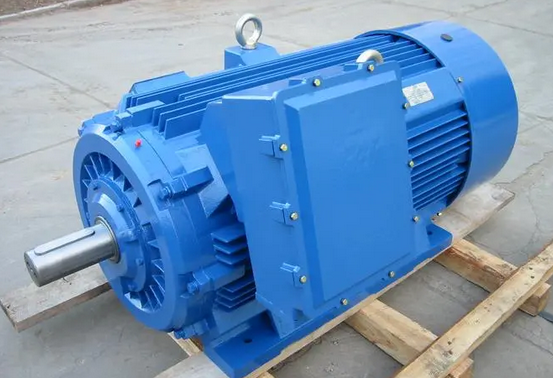The difference between variable frequency motor and ordinary motor
There are significant differences between variable frequency motors and ordinary motors in many aspects. The following are the main differences between them:
1. Speed control capability
Variable frequency motor: has adjustable power frequency and voltage, thus enabling precise speed control. This capability enables the variable frequency motor to adjust its speed in real time according to different working conditions and needs to meet complex operating requirements.
Ordinary motor: The rotation speed is usually fixed, and real-time rotation speed adjustment is not possible. They operate at a preset speed and cannot flexibly adapt to changing operating conditions.
2. Energy saving performance
Variable frequency motor: Since the power supply frequency and voltage can be adjusted according to actual needs, variable frequency motors are able to operate under different load conditions and automatically adjust power output according to demand. This ability makes the variable frequency motor perform excellently in terms of energy efficiency and can achieve energy saving.
Ordinary motor: operating parameters cannot be adjusted and can only operate at rated power. Regular motors can waste energy when the load changes because they cannot adjust their power output to actual demand.
3. Start and stop characteristics
Variable frequency motor: The starting and stopping process is relatively smooth, which can reduce the impact force during starting and the wear and tear on the equipment. This feature helps extend the life of the equipment and reduces maintenance costs.
Ordinary motors: require a high starting current when starting, which may cause large voltage fluctuations on the power grid and produce large mechanical stress on the equipment. This starting method not only increases the wear and tear of the equipment, but may also affect the stability of the power grid.
4. External equipment required
Variable frequency motor: A frequency converter (also called a variable frequency drive) is required to achieve frequency and voltage regulation. The frequency converter is a key device for the operation of variable frequency motors. It can convert fixed power frequency and voltage into variable frequency and voltage to meet the operating needs of variable frequency motors.
Regular motor: No additional equipment is required to operate. They are connected directly to the power supply and run at preset speeds and power.

5. Cost and Complexity
Variable frequency motor: The cost is relatively high due to the need for additional frequency converters and control systems. At the same time, the structure of the variable frequency motor is relatively complex and requires a higher technical level and maintenance capabilities.
Ordinary motor: lower cost and relatively simple structure. They are easy to install, maintain and operate, and are suitable for use where precise speed regulation and energy efficiency optimization are not required.
6. Other differences
Insulation level: The insulation level of variable frequency motors is usually higher to cope with voltage fluctuations and electromagnetic interference that may occur during the variable frequency speed regulation process.
Vibration and noise: The variable frequency motor will consider reducing vibration and noise during the design and manufacturing process to improve the operating stability and comfort of the equipment.
Cooling system: Variable frequency motors usually use a more efficient cooling system to ensure that the motor can maintain a stable operating temperature under high-speed operation or high load conditions.




